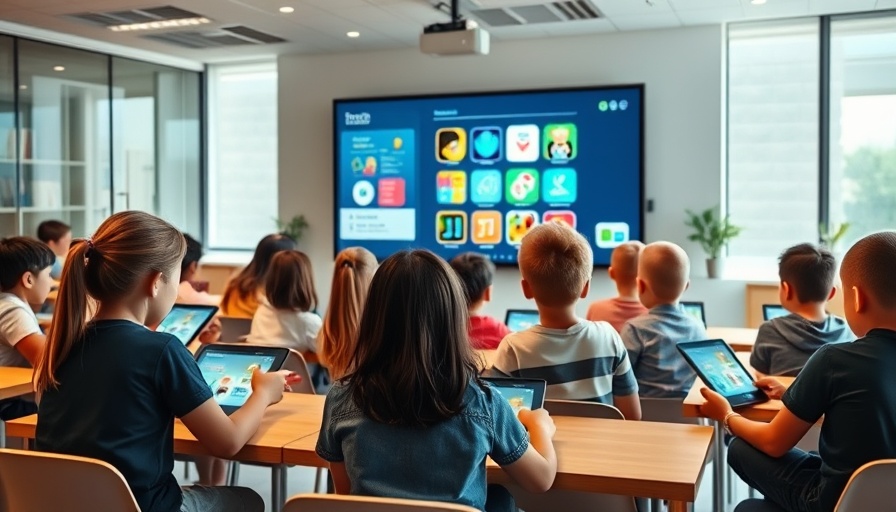
Unlocking Fluency: The Evolving Role of AI in Language Learning for Kids
The quest for linguistic fluency has taken a technological turn, leaving many parents wondering how effective language learning apps and AI tools really are for their children. With the surge in usage of mobile applications like Duolingo and Babbel, fueled by a global drive for cross-cultural communication, parents are eager to know: can these platforms genuinely prepare their children for real-world conversations in a foreign language?
Understanding the AI Advantage in Language Learning
Language learning apps have evolved significantly over the years. They provide personalized pathways to fluency with cutting-edge AI technology that adapts to a user's skill level. According to projections by Business Research Insights, the global market for language learning apps is set to triple from $4.96 billion in 2024 to $16.69 billion by 2032. AI features allow apps to analyze progress and hone in on areas that need improvement, giving learners a more tailored experience. For parents, this means their children can learn at their own pace, practicing vocabulary and grammar on the go.
Experts Weigh In: The Efficacy of Language Learning Apps
While many turn to these tools hoping for quick results, experts have voiced their concerns. Associate Professor Victor Lim from the National Institute of Education has pointed out that while apps provide self-directed learning opportunities, they fall short in essential areas. For instance, interaction with other speakers is pivotal in language acquisition—something most apps struggle to facilitate. The debate continues: are these apps a sufficient substitute for traditional classroom learning, or are they best viewed as supplementary tools?
The Double-Edged Sword of Gamification
TikTok refugees and other users appreciate the engaging, game-like nature of these applications. The interactive design keeps children interested; however, some experts argue this gamification aspect often oversimplifies the learning process. Users like Mr. Muhammad Haziq Jani have noted that tools like Duolingo may push users towards its premium versions, neglecting the deeper understanding of grammar needed for fluency.
Real-Life Conversation: The Key to Mastering Languages
True fluency goes beyond vocabulary quizzes and sentence-building exercises. Many language learners emphasize the importance of conversational practice. For example, Ms. Abigail, who used WaniKani and Tofugu alongside community support, credits these platforms with helping her navigate her Japanese proficiency tests effectively. Engaging in real-life contexts allows learners to absorb cultural nuances and internalize language structure and usage.
Closing the Gap on Cultural Contexts
The lack of cultural education embedded within most language-learning apps is a pressing issue. Ms. Claribel Low expressed frustrations about learning contexts that go beyond mere vocabulary, highlighting that cultural explanations are often omitted. Such gaps can hinder understanding and appreciation of the language, making it crucial for parents to consider alternative resources.
Can Your Child Achieve Fluency with Apps Alone?
Parents should weigh the pros and cons of enterprise language learning apps. While they provide valuable tools to kickstart your child's journey to fluency, they cannot completely replace traditional methods. Supplementing app use with engaging community activities, like traveling or cultural exchange programs, can provide a more rounded understanding of language and culture.
In summary, language learning apps can certainly aid in the journey to fluency. However, for your child to achieve a more practical understanding of the language, a combination of resources—including community involvement, real-life interactions, and traditional classroom settings—are essential.
Unlock Your Child’s Potential Today!
To see how you can integrate technology effectively in your child’s language learning journey, explore various AI-powered language apps that examine and enhance learning through interactive, real-life scenarios. Consider enrolling in language courses that emphasize community interaction to bring the linguistic landscape to life.
 Add Row
Add Row  Add
Add 




Write A Comment